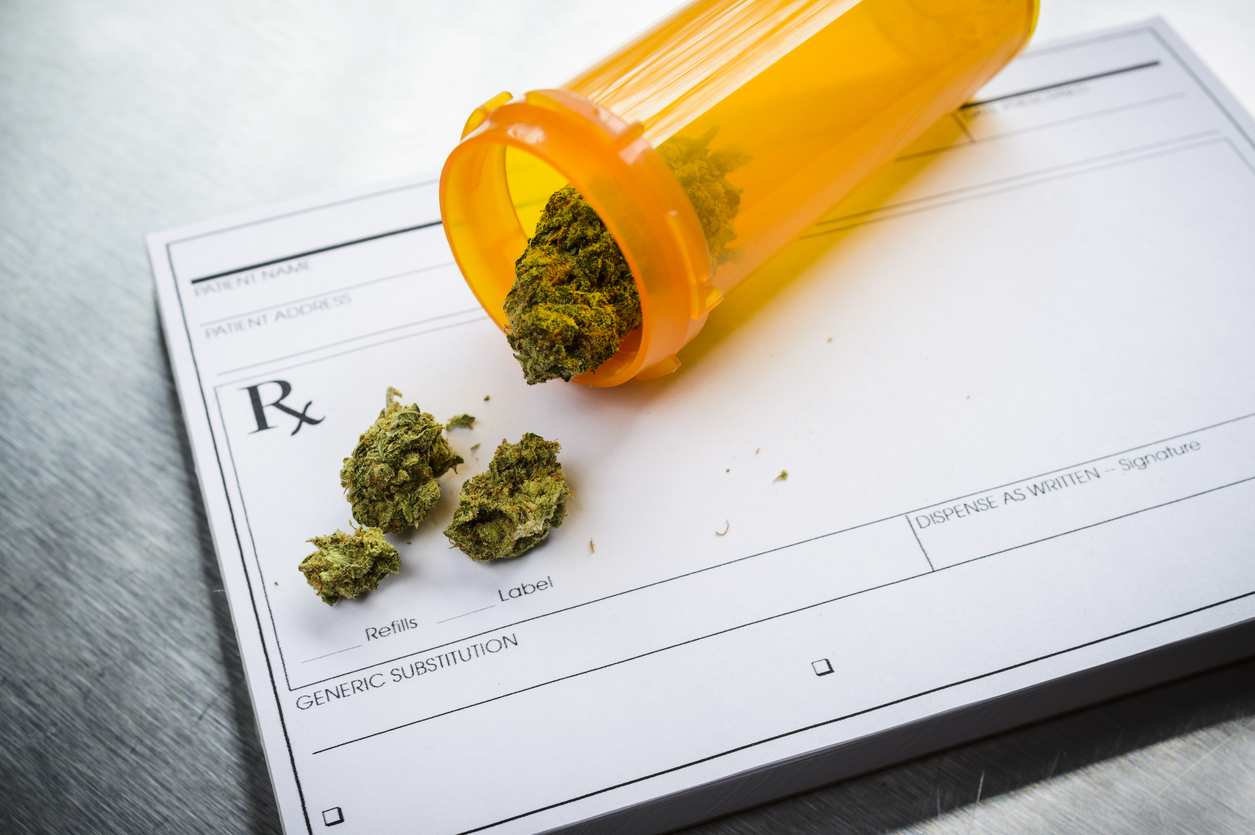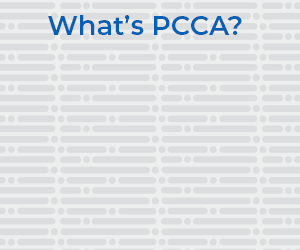Since 2016, medicinal cannabis has been used in Australia for the treatment and management of a range of conditions, including chronic pain and mental disorders.
Despite existing restrictions on how cannabis products are made, sold and used in Australia, a crackdown is now underway on what has become a wild frontier of cannabis prescriptions.
A booming telehealth industry has sprung up around granting medicinal cannabis prescriptions to almost anyone with almost no medical justification.
What’s happened this year?
In July 2025, the Australian Health Practitioner Regulation Agency (AHPRA) reported some companies which provided coaching for patients on saying ‘the right thing’ to get a prescription, others which exclusively prescribed their own products, and some which did not check the identity or medical history of their patients.
With more than 10,000 prescriptions given in six months – some of which were through appointments lasting for as little as a few seconds – the need for reform was obvious. AHPRA’s updated prescribing guidelines aim to tighten the industry and prevent patient harm through increased regulation on advertising and obligations to conduct thorough real-time health assessments.
Though community pharmacists are not prescribing medicinal cannabis products themselves, they have responsibilities when it comes to filling prescriptions for patients.
As a peak body in the industry, the Pharmacy Guild of Australia’s position statement on medical cannabis is a valuable resource for pharmacists playing an active role in ensuring their patients’ safety and wellbeing.
How does medicinal cannabis work?
The cannabis sativa plant contains at least 60 active chemicals, with the most notable being THC (tetrahydrocannabinol) and CBD (cannabidiol).
THC produces most of the psychoactive effects of cannabis, particularly the ‘high’. But CBD – while chemically similar – does not have the same psychoactive properties.
The interaction of these chemicals with the brain can, in some cases, alleviate pain, nausea, and anxiety.
What is medicinal cannabis used for?
Medicinal cannabis is often prescribed for the treatment and management of symptoms associated with conditions including epilepsy, cancer and cancer treatment, HIV/ AIDS, and severe neuropathic or arthritic pain.
However, the evidence base for medicinal cannabis treatment is low, and it is not considered appropriate as a first-line option. Some patients report adverse effects including dependence and mental health issues as a result of prescribed cannabis use.
The Pharmacy Guild of Australia (PGA) advocates for increased research and more training and development in the health workforce to better support clinicians and improve outcomes for patients.
How is medicinal cannabis accessed in Australia?
Of the medicinal cannabis products available for use in Australia, only two are registered and approved by the Therapeutic Goods Administration (TGA). Most of the market consists of unapproved products which have not been evaluated by the TGA for quality, safety and efficacy.
With evidence of aggressive and unlawful marketing tactics driving sales, the market has become highly vulnerable to abuse. Online and telehealth clinics which bypass comprehensive consultation in favour of quick prescriptions and easy access can be incredibly harmful to patients who may not be fully aware of what they are taking, how it will interact with existing medications or conditions, or if it will even help them.
Many of these practices are now under investigation by AHPRA for significant breaches of their ethical obligations to patients.
What is the role of pharmacists in medicinal cannabis dispensing?
The PGA considers a patient’s regular healthcare provider as the most appropriate clinician to manage the prescribing and dispensing of medicinal cannabis – making collaboration between GPs and community pharmacists a crucial component of responsible practice.
For prescribers, good care may look like talking to patients about their history and needs, providing them with a treatment management plan, and ensuring there is real therapeutic need for any products being prescribed. AHPRA’s updated guidelines advise pharmacists may refuse to supply a prescribed medicine if they believe it is unsafe to do so.
What are the PGA’s recommendations for responsible medicinal cannabis dispensing?
By working closely with stakeholders across the industry – including TGA, AHPRA, and government health departments – the Guild hopes to use the existing expertise of community pharmacists to build stronger safeguards for patients. This includes restricting the use and marketing of unapproved products, instituting real-time consultations with prescribers, thorough registration processes and supply arrangements, and informed patient choice.










